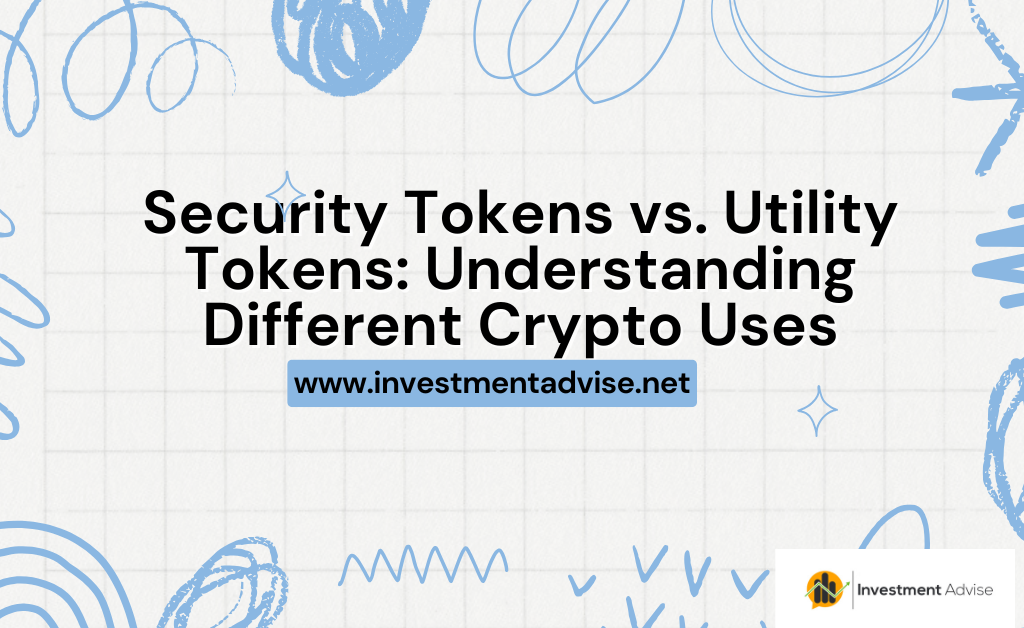The world of cryptocurrency is vast and complex, with myriad tokens serving diverse purposes. Two primary categories dominate the landscape: security tokens and utility tokens. While they share the common denominator of blockchain technology, their functions, regulations, and implications differ significantly. Let’s delve into the intricacies of each.
Security Tokens: A Digital Investment Vehicle
Security tokens represent a groundbreaking intersection of finance and blockchain. Essentially, they are digital assets that offer ownership rights or investment opportunities in real-world assets. These assets can range from stocks and bonds to real estate, commodities, or even intellectual property.
Key Characteristics:
- Ownership: Security token holders possess ownership rights in the underlying asset, similar to traditional securities.
- Financial Returns: Investors anticipate financial returns, such as dividends, capital appreciation, or profit-sharing.
- Regulation: Due to their investment nature, security tokens are subject to securities regulations, ensuring investor protection.
- Tokenization: The process of converting real-world assets into digital tokens on a blockchain, offering fractional ownership and increased liquidity.
Use Cases:
- Real Estate: Tokenizing properties allows for fractional ownership, making real estate investments accessible to a wider audience.
- Equities: Companies can issue security tokens representing shares, facilitating fundraising and providing liquidity for shareholders.
- Commodities: Tokenizing commodities like gold or oil enables efficient trading and investment in these assets.
Utility Tokens: Access to a Platform or Service
In contrast to security tokens, utility tokens provide access to a platform’s products or services. They are essentially digital vouchers that grant holders specific privileges within an ecosystem.
Key Characteristics:
- Functionality: Utility tokens are designed to be consumed within a platform, offering access to features, discounts, or exclusive content.
- No Ownership: Holders do not own a stake in the company issuing the token.
- Regulation: Typically, utility tokens fall outside the purview of securities regulations, enjoying more regulatory flexibility.
- Value Proposition: Their value is derived from the platform’s success and the utility the token provides.
Use Cases:
- Payment Tokens: Used for transactions within a platform or ecosystem, similar to traditional loyalty programs.
- Access Tokens: Granting holders access to exclusive features, content, or services.
- Governance Tokens: Allowing token holders to participate in platform decision-making.
Key Differences Between Security Tokens and Utility Tokens
| Feature | Security Tokens | Utility Tokens |
| Purpose | Investment and ownership | Access to platforms or services |
| Regulation | Subject to securities laws | Typically unregulated |
| Value Derivation | Underlying asset’s value | Platform’s success and utility |
| Investor Expectations | Financial returns | Access to platform benefits |
The Blurring Lines
While the distinction between security and utility tokens appears clear-cut, the reality is often more nuanced. Some tokens may exhibit characteristics of both, creating regulatory challenges. This has led to the emergence of hybrid tokens, which combine elements of both categories.
Conclusion
Security tokens and utility tokens represent two distinct avenues for leveraging blockchain technology. Understanding their differences is crucial for I
nvestors, entrepreneurs, and regulators. As the cryptocurrency landscape continues to evolve, the interplay between these token types will shape the future of digital assets.
It’s important to conduct thorough research and due diligence before investing in any token, as the cryptocurrency market is highly volatile and carries inherent risks.














